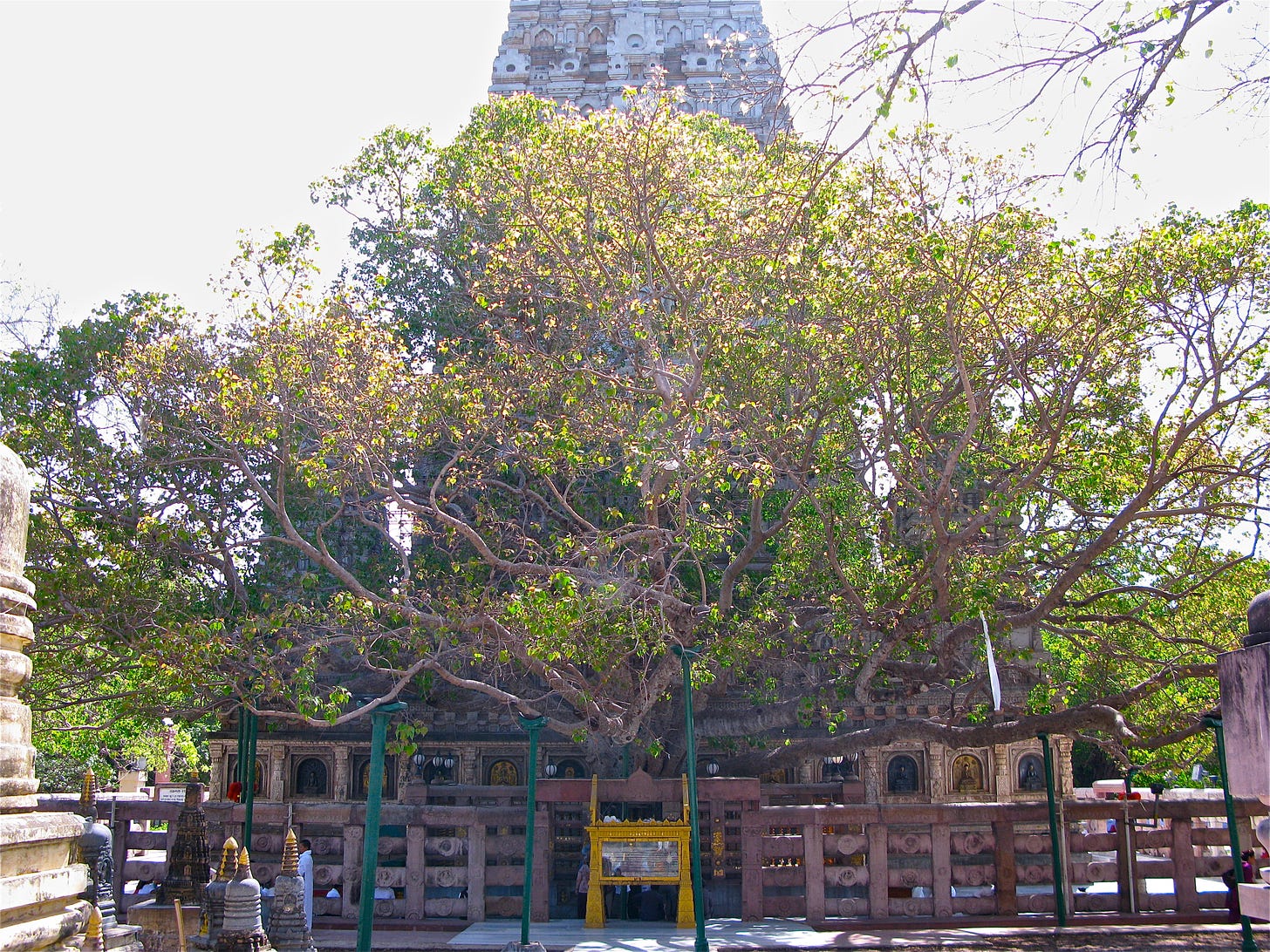My garden is late this year. Go figure, two full-time teachers with a seven-month-old and a house have a few other things to handle; but as April became May and May wound down to June, I had just cause for thinking that it might not go in at all, until, in the last week of May, we were finally able to get something in the ground. With ample water and a …
Keep reading with a 7-day free trial
Subscribe to A Perennial Digression to keep reading this post and get 7 days of free access to the full post archives.




